Introduction to Tri Axle Skeletal Semi Trailers
In the intricate world of freight transport, choosing the right semi-trailer can make or break operational efficiency. Among various trailer types, the tri axle skeletal semi trailer emerges as a powerhouse, enabling businesses to navigate the challenges of heavy-duty transportation with ease and expertise. This article delves deeply into the specifications, advantages, and practical applications of tri axle skeletal semi trailers that make them indispensable in contemporary logistics.
Understanding the Tri Axle Skeletal Design
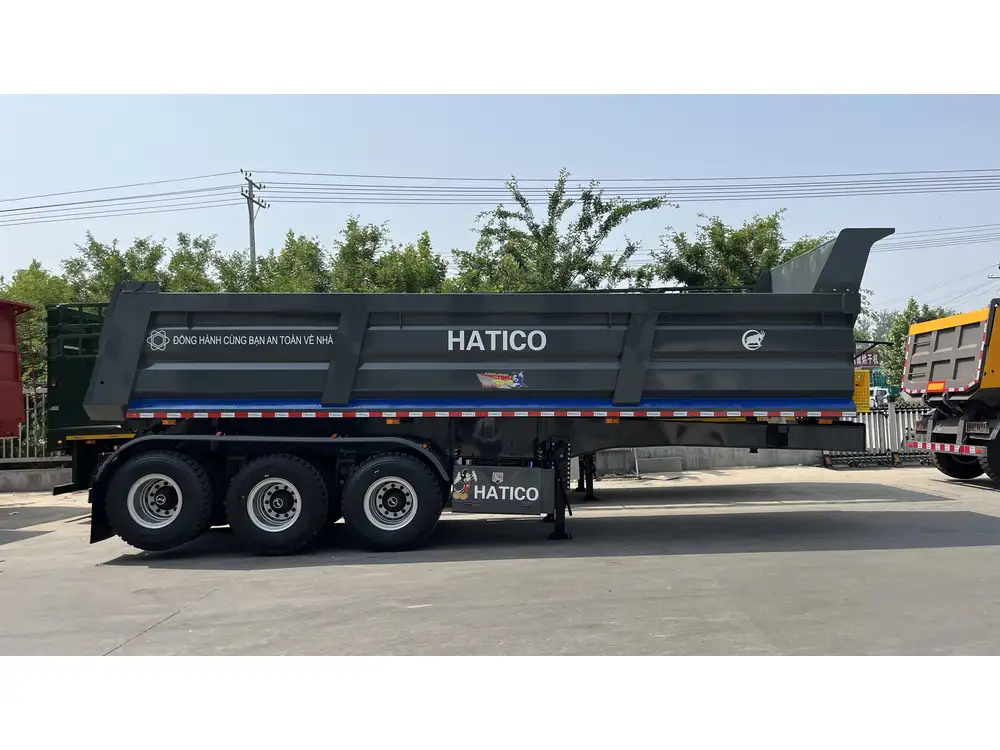
What is a Tri Axle Skeletal Semi Trailer?
A tri axle skeletal semi trailer is a specialized trailer designed primarily for the transportation of containers. This trailer, configured with three axles, possesses an inherent capability for handling substantial loads while ensuring superior stability during transit.
Key Structural Features
| Feature | Description |
|---|---|
| Axle Arrangement | Three axles provide better weight distribution and balance. |
| Frame Construction | Made from high-strength steel to withstand heavy containers. |
| Container Locking System | Equipped with twist locks to secure ISO containers firmly. |
| Suspension System | Advanced air or leaf spring suspension systems for smoother rides. |
| Braking System | Compliant with advanced braking techniques to enhance safety. |
| Weight Capacity | Designed to carry up to 40 tons or more, depending on local regulations. |
Advantages of Tri Axle Skeletal Semi Trailers

1. Enhanced Load Capacity
The tri axle configuration means that these trailers can handle heavier loads without compromising safety or performance. This capacity makes them ideal for transporting large ISO containers, allowing freight companies to maximize their load efficiency.
2. Increased Stability and Safety
With three axles in play, stability is significantly enhanced, particularly when navigating through challenging terrains or tight corners. The distribution of weight across the three axles reduces the chances of tipping, providing peace of mind during long hauls.
3. Versatility in Transport
A major advantage of the skeletal design lies in its versatility. While these trailers are primarily used for container transport, they can also accommodate various cargo types, including heavy machinery and oversized goods, making them highly adaptable to changing operational demands.
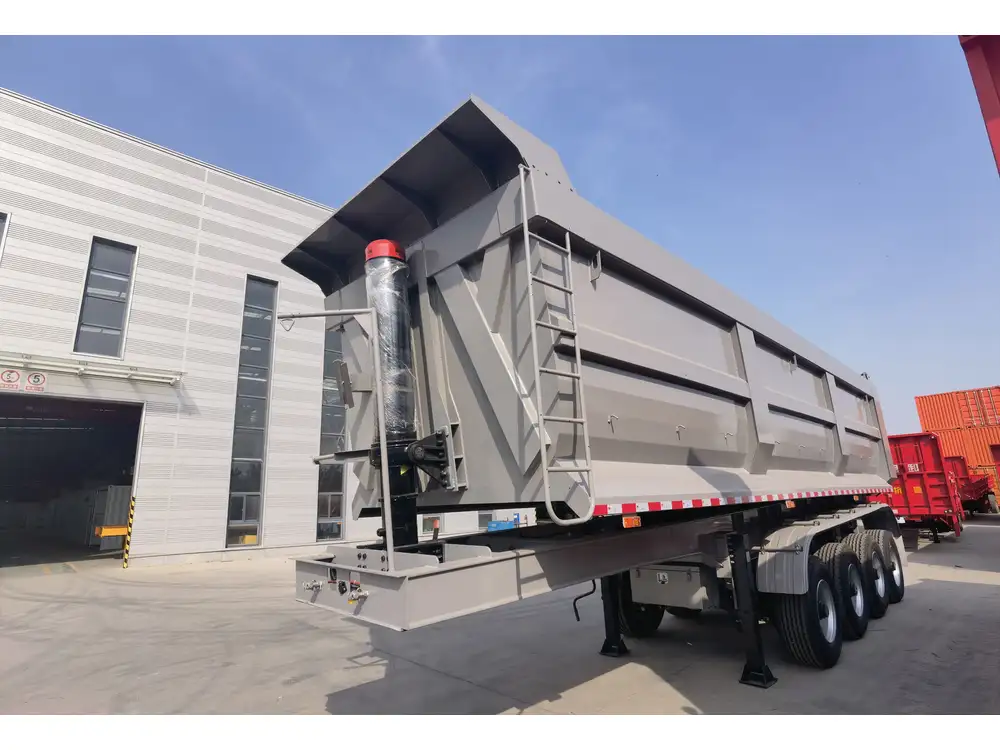
4. Cost-Effective Solution
While the initial investment in a tri axle skeletal semi trailer might be substantial, the long-term benefits—such as lower maintenance costs due to their robust build and enhanced fuel efficiency—render them a cost-effective choice for fleet operators.
Applications of Tri Axle Skeletal Semi Trailers
1. Maritime Container Transportation
The logistics operating at ports greatly benefit from tri axle skeletal semi trailers. Their ability to transport standard shipping containers across ports and inland facilitates seamless transitions from ships to road, thus optimizing supply chains.
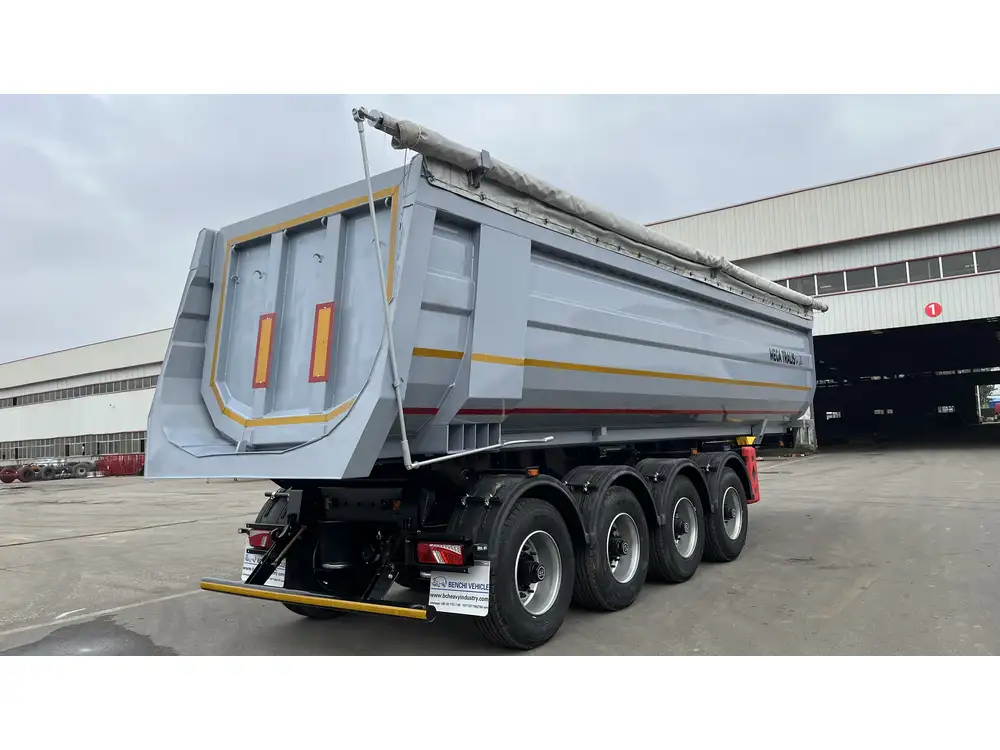
2. Heavy Machinery Transport
Companies dealing in construction or manufacturing can deploy tri axle skeletal semi trailers to move heavy equipment and machinery. Their sturdy construction ensures that heavy loads are transported without risk of damage.
3. Intermodal Freight Transport
Intermodal transportation, which involves utilizing more than one mode of transport, is greatly enhanced by the utilization of tri axle skeletal semi trailers. These trailers can be easily transferred from ships to trucks, ensuring that cargo reaches its destination efficiently and safely.
4. Dry Bulk Transport
While primarily associated with container transport, these trailers can also facilitate the transportation of dry bulk materials, showcasing their versatility and adaptability in various industrial applications.
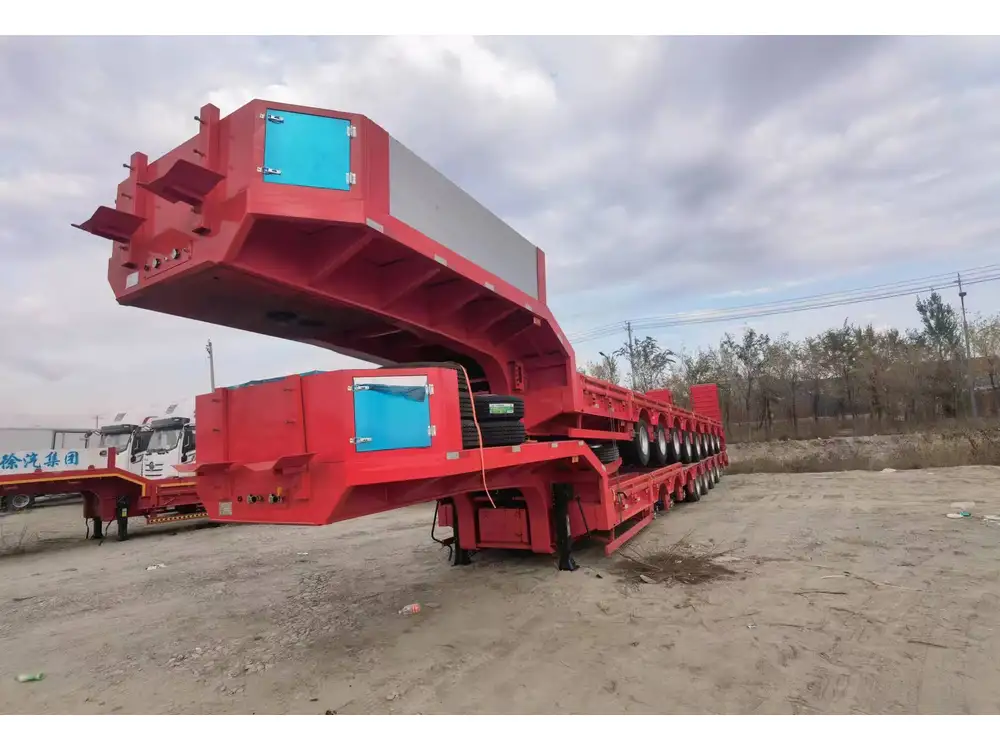
Specifications and Compliance Standards
Dimensions and Weight Limits
| Specification | Details |
|---|---|
| Length | Commonly 40 to 48 feet, customizable based on requirements. |
| Width | Typically ranges from 8.5 to 9.5 feet. |
| Height | Adjustable height depending on container sizes. |
| Maximum Payload Capacity | Generally between 30 to 40 tons, subject to local laws. |
Regulatory Compliance
Tri axle skeletal semi trailers must adhere to stringent regulations set by various governmental bodies to ensure safety and operational standards. These regulations often dictate weight limits, dimensions, and necessary safety features.
- DOT Compliance (Department of Transportation): Ensures that trailers meet federal safety standards.
- ISO Certification: Trailers designed for container transport must comply with International Organization for Standardization standards.

Selecting the Right Tri Axle Skeletal Semi Trailer
When it comes to choosing a tri axle skeletal semi trailer, several critical factors must be taken into account:
1. Intended Use
Understanding the primary logistics operations—be it container transport, machinery, or bulk goods—is essential. The trailer should align with specific transport needs to maximize efficiency.
2. Weight Capacity Requirements
Consider the maximum weight that the trailer will need to handle, taking into account both the cargo and the weight regulations specified in your operational area.
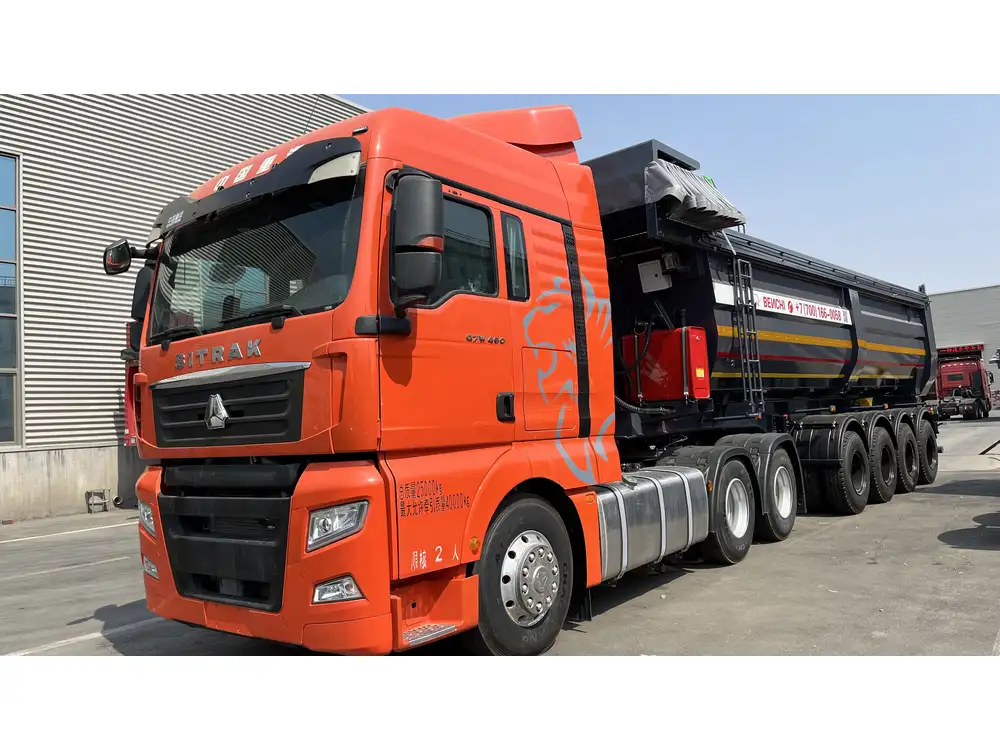
3. Quality and Durability
Investing in a high-quality trailer constructed from robust materials will reduce long-term operational costs. Look for manufacturers with a reputation for durability and excellent customer support.
4. Cost Consideration
Evaluate the initial investment against potential returns. Take into account maintenance costs, fuel efficiency, and re-sale value while making the financial decision.
Maintenance Best Practices
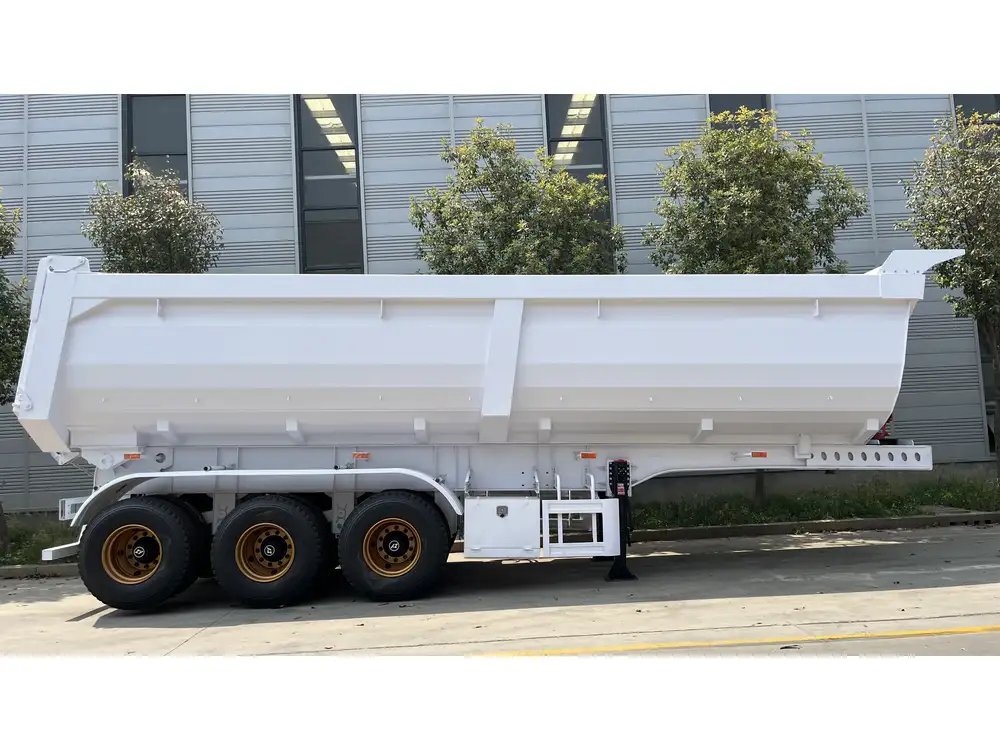
Regular Inspections
Conduct thorough inspections regularly. Key components to check include:
- Brakes: Regularly verify the functionality and wear of brake pads.
- Tires: Monitor tire conditions and pressures to prevent blowouts.
- Suspension Systems: Ensure that the suspension components are not compromised.
Lubrication
Ensure that all moving parts, including axles and joints, are properly lubricated to prevent wear and tear, prolonging the life of the trailer.
Documentation
Maintain accurate records of maintenance and inspections. This documentation not only helps in tracking but also is invaluable in compliance with safety regulations.
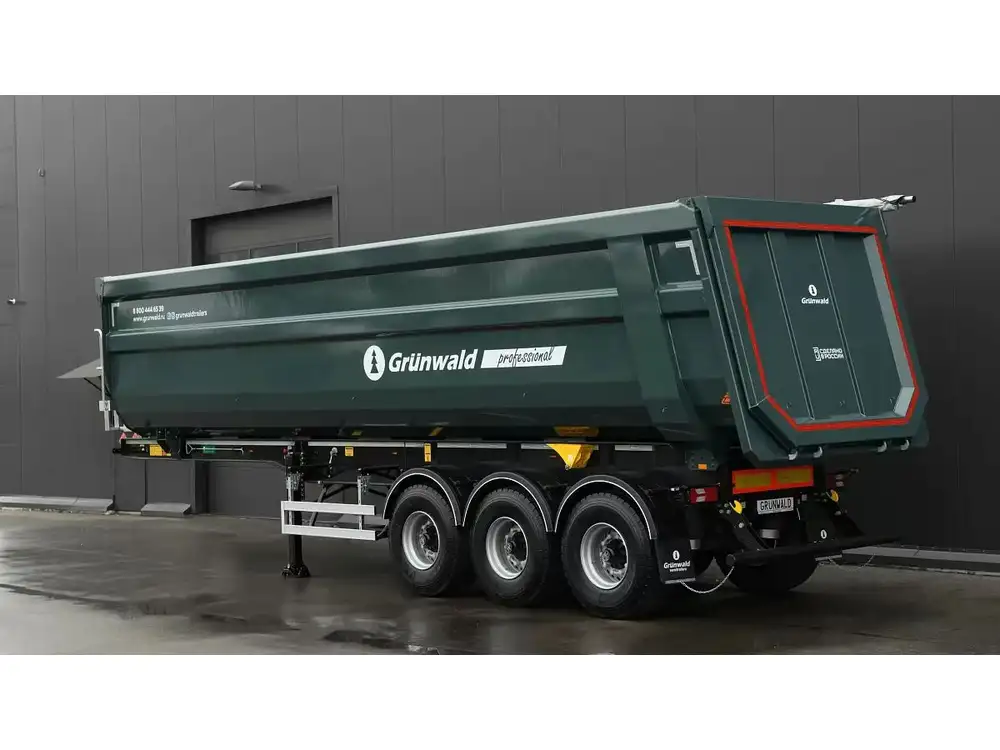
Conclusion: Embracing the Future of Freight Transport
The tri axle skeletal semi trailer represents a synthesis of strength, versatility, and efficiency—qualities essential in today’s fast-paced logistics environment. With their optimized load capabilities, enhanced safety measures, and adaptability to various transport needs, these trailers are set to play a pivotal role in the landscape of freight transportation.
Investing in a tri axle skeletal semi trailer is not just an acquisition; it’s a strategic commitment to operational excellence. Businesses leveraging these trailers are poised to navigate the logistics challenges of the future with confidence and reliability. In a world where time is money, ensuring that operations run smoothly is a priority that no business can afford to overlook. Make the right choice today; embrace the superior standards of tri axle skeletal semi trailers and elevate your transport capabilities.



